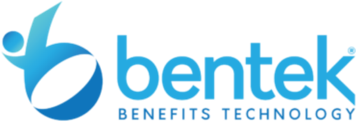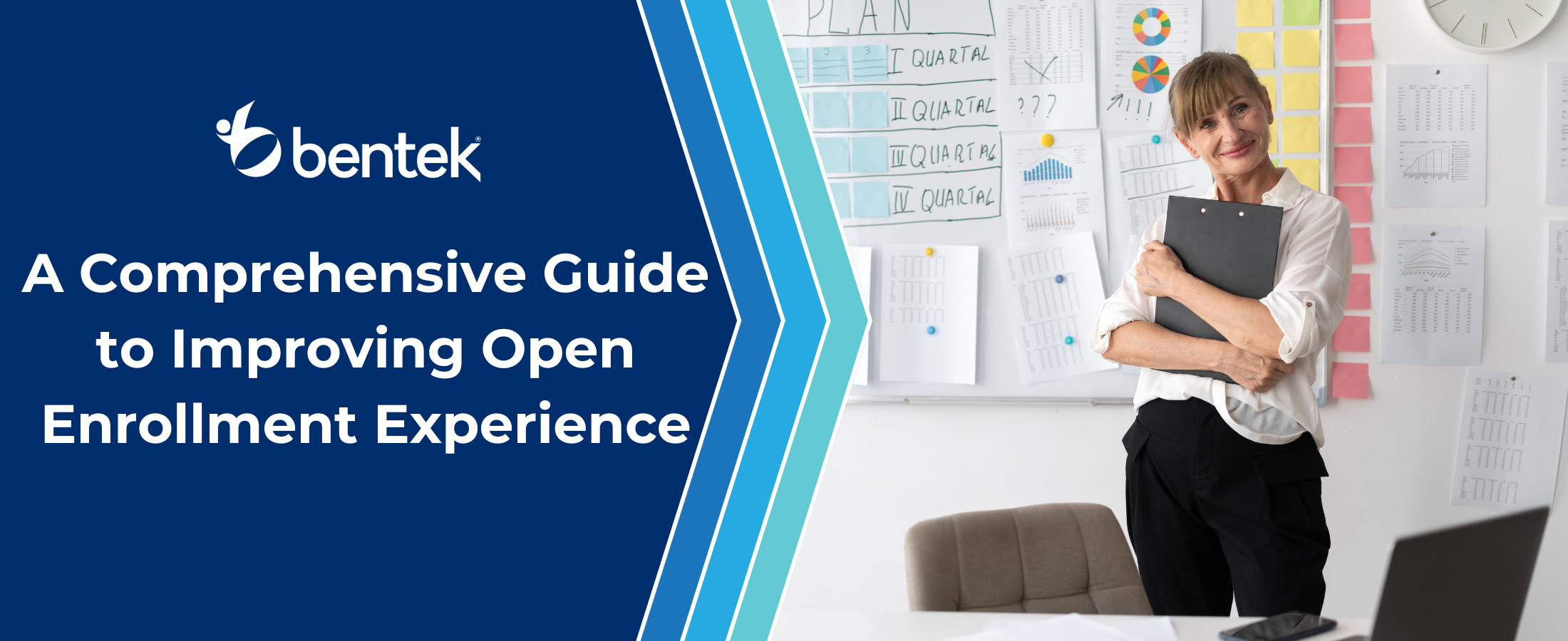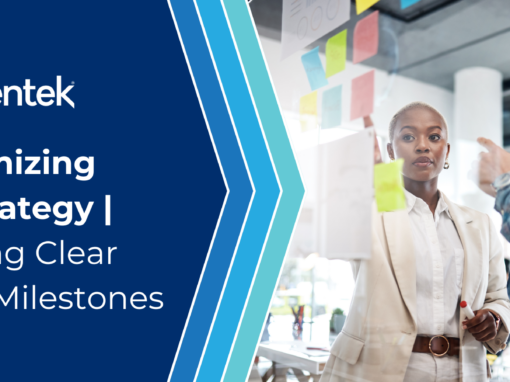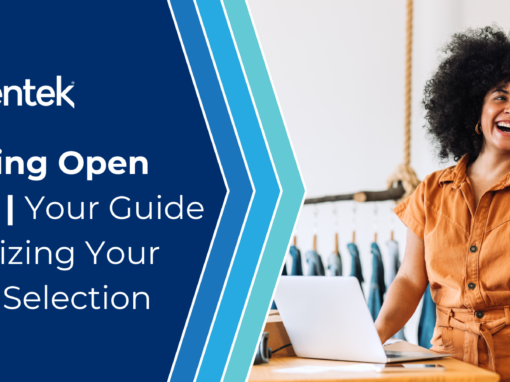Did you know that a streamlined and well-communicated open enrollment process can significantly impact employee satisfaction and retention? In the complex landscape of public sector benefits, where options and regulations can often be as intricate as a labyrinth, HR departments face the dual challenge of not only navigating these waters themselves but also ensuring that their employees have the clarity and support they need to make informed decisions.
In this article, we look to support HR professionals through the open enrollment fog, by providing strategies to demystify the open enrollment process. From educating employees on their benefits to enhancing engagement with interactive tools and resources, the insights herein aim to streamline communication strategies and make open enrollment a seamless, understandable journey for all involved. Are you ready to transform open enrollment from a daunting task into an empowering opportunity for your team?
An Introduction to Open Enrollment
Open Enrollment represents more than just an annual administrative task; it’s a pivotal period that can significantly influence employee well-being and job satisfaction. This is particularly true in the public sector, where the array of benefits and the layers of eligibility criteria can befuddle even the most seasoned HR professionals. Recognizing the intricacies of this period, our guide sets out with a clear mission: to demystify the open enrollment process, making it not only accessible but also engaging for all employees.
In this comprehensive guide, we endeavor to:
- Educate employees and HR alike on the full spectrum of benefits available, simplifying complex terms and policies into clear, understandable language.
- Streamline communication strategies, ensuring that information about open enrollment is disseminated efficiently and effectively, reaching every employee in a format that resonates with them.
- Enhance engagement through the adoption of interactive tools and resources, making the process of selecting benefits as straightforward and user-friendly as possible.
By addressing these objectives, we aim to empower employees to make informed decisions about their benefits, thereby increasing their satisfaction and engagement, while simultaneously alleviating the administrative burden on HR departments.
Benefits Education – Building a Foundation of Understanding
The cornerstone of a successful open enrollment period lies in a well-informed workforce. Unfortunately, only 42% of public sector employees say they understand the costs of benefits – 10% lower than the average across all industries (Aflac). Employees equipped with a thorough understanding of their benefits options are more likely to make decisions that align with their health, financial well-being, and life goals.
This section delves into strategies for demystifying benefits packages, using layman’s terms and comparative examples to illuminate the path to educated decision-making.
The Importance of Clarity in Benefits Communication
- Simplify Complex Terms: Transform the complex language of health insurance, retirement plans, and wellness programs into straightforward terms. For instance, rather than detailing the intricacies of a Health Savings Account (HSA) with jargon, explain it as a tax-advantaged savings account for medical expenses.
- Use Real-Life Scenarios: Contextualize benefits information with scenarios that employees might face, such as how different health plans could impact their out-of-pocket costs for a common surgical procedure.
- Emphasize Visual Aids: Incorporate infographics and charts to break down the differences in plan premiums, deductibles, and out-of-pocket maximums, making these concepts more digestible.
Leveraging Comparative Examples
- Side-by-Side Plan Comparisons: Offer clear, side-by-side comparisons of different health plans, highlighting their coverage levels, premium costs, and benefits like telehealth services or mental health support.
- Cost-Effectiveness Analysis: Provide examples illustrating the long-term value of investing in higher premium plans with lower deductibles versus lower premium plans with higher deductibles.
- Personalized Plan Recommendations: Utilize tools or questionnaires that guide employees to the most suitable plans based on their healthcare needs, family size, and financial situation.
Transparently Outlining Eligibility and Open Enrollment Requirements
- Clear Eligibility Criteria: Spell out eligibility requirements for each benefit option, ensuring employees understand who qualifies for what—be it full-time status requirements for health insurance or age specifications for retirement plan participation.
- Step-by-Step Enrollment Guides: Distribute comprehensive guides that walk employees through the enrollment process, from initial login to final plan selection, with checkpoints ensuring they understand each step.
- Availability of HR Support: Highlight the availability of HR as a resource for personalized questions, reinforcing the message that employees are not alone in navigating their benefits selection.
Through fostering a culture of transparency and education around benefits, HR departments can significantly enhance employee satisfaction and engagement. The key lies in breaking down information barriers, simplifying complex terms, and providing the tools and resources necessary for employees to make educated decisions about their benefits. This approach not only empowers employees but also streamlines the enrollment process, creating a more efficient and positive experience for everyone involved.
Effective Communication Strategies for Open Enrollment
The open enrollment period represents a pivotal time for HR departments and employees alike. According to MetLife, 40% of Gen Z and Millennial employees cite social media and short-form explanations as their top choice of benefits communication. With a multi-generational workforce and varying communication preferences, it is essential to have an effective communication strategy in place to ensure that employees not only receive but also understand their benefits options.
This section explores a multi-channel approach to disseminating open enrollment information, underscored by the importance of visual aids and the necessity of clear reminders and deadlines.
Multi-Channel Dissemination
- Diverse Communication Platforms: Leverage email, employee portals, and printed materials to ensure you reach every employee, regardless of their preferred communication method.
- Consistency Across Channels: Maintain a consistent message across all platforms to avoid confusion. Whether an employee reads about their benefits in a printed guide or an email, the information should be identical.
- Accessibility Considerations: Make sure that all communications are accessible to everyone, including those with disabilities. This may involve providing materials in different formats, such as large print or braille, and ensuring digital platforms are compatible with screen readers.
The Power of Visual Communication
- Infographics and Diagrams: Utilize infographics to break down complex information about benefits plans into digestible, easy-to-understand visuals.
- Short-Form Videos: Consider developing short videos to assist your employees with understanding benefits and the enrollment process.
- Step-by-Step Guides: Create visual step-by-step guides for the enrollment process, which can help demystify what can often be an overwhelming task for employees.
- Interactive Tools: Consider employing interactive tools that allow employees to visually compare plans side by side, enhancing their engagement and understanding.
Setting Clear Reminders and Deadlines
- Automated Reminders: Implement automated reminders via email or employee portal notifications to nudge employees about important deadlines.
- Calendar Integration: Encourage employees to integrate enrollment deadlines into their personal or work calendars, providing links or files that facilitate this integration.
- Deadline Countdowns: Include a countdown to the enrollment deadline on the main page of the employee portal and in regular communications to keep the deadline top of mind.
By adopting a comprehensive and multi-faceted communication strategy, HR departments can significantly improve the open enrollment experience for their employees. Offering information through a variety of channels ensures widespread accessibility, while the use of visual aids helps demystify complex information, making the enrollment process more engaging and understandable. Clear reminders and deadlines further support employees in completing their enrollment efficiently and on time, paving the way for a smoother, more effective open enrollment period.
Enhancing Employee Engagement and Providing Additional Resources
The open enrollment period doesn’t just revolve around choosing benefits; it’s a crucial time for enhancing employee engagement and providing comprehensive support. According to MetLife, 56% of employees prefer benefits information via online portals, video, or podcasts with a growing trend toward mobile-first engagement.
By incorporating an FAQ section, offering links to additional resources, and utilizing interactive tools, HR departments can significantly streamline the enrollment process and empower employees to make informed decisions about their benefits.
Incorporating an FAQ Section for Open Enrollment
- Address Common Concerns: An FAQ section should cover a broad spectrum of queries, from basic questions about enrollment deadlines to more complex issues regarding plan options.
- Reduce HR Inquiries: By preemptively answering common questions, HR departments can reduce the number of individual inquiries, allowing them to focus on more complex employee needs.
- Dynamic Updates: Keep the FAQ section dynamic by regularly updating it with new questions that arise during each enrollment period, ensuring that it remains a relevant and valuable resource.
Offering Links to Additional Resources
- Wellness Program Details: Provide direct links to detailed descriptions of wellness programs, including any associated incentives. This encourages employees to participate in programs that can improve their health and well-being.
- Retirement Calculators: Link to retirement calculators that can help employees plan for their future, making it easier for them to decide on retirement plan contributions during enrollment.
- HR Contact Information: Ensure that employees have easy access to contact information for HR representatives who can assist with more specific or personal questions.
Utilizing Interactive Tools and Checklists
- Interactive Decision Tools: Implement tools that guide employees through a series of questions to help them identify the benefits options that best match their needs.
- Benefits Comparison Checklists: Offer checklists that allow employees to compare different plans side by side, focusing on key factors such as coverage, costs, and provider networks.
- Personalized Recommendations: Based on the input from interactive tools, provide personalized recommendations that align with the employee’s life stage, health concerns, and financial goals.
By integrating these strategies into the open enrollment process, HR departments can enhance employee engagement, reduce the workload on HR staff, and most importantly, equip employees with the tools and knowledge they need to make confident benefits decisions. This not only streamlines the enrollment process but also fosters a culture of informed decision-making and proactive health and financial planning among the workforce.
Conclusion: The Strategic Importance of an Open Enrollment Guide
The journey through open enrollment is a pivotal experience for both HR departments and employees, with the potential to significantly influence employee satisfaction and engagement. The creation of an Open Enrollment guide serves as a cornerstone in this journey, providing a roadmap that empowers employees with the knowledge and confidence needed to navigate their benefits selections effectively.
Empowering Employees with Knowledge and Confidence
The Open Enrollment guide plays a critical role in demystifying the benefits selection process for employees. By offering clear, comprehensive information about available benefits options, the guide equips employees to make choices that best align with their personal and financial goals. This empowerment through knowledge fosters a sense of confidence among employees, encouraging them to engage more fully with their benefits and take proactive steps toward their wellbeing.
- Enhanced Understanding: Simplified explanations of complex benefits terms and conditions help employees grasp the nuances of their options.
- Informed Decision-Making: Comparative examples and interactive tools aid in visualizing the impact of various choices, leading to more informed decisions.
Streamlining the Enrollment Process for HR Departments
For HR departments, the Open Enrollment guide is more than just an informational booklet; it’s a strategic tool that simplifies the enrollment process, making it more efficient and effective. By providing a central repository of essential information and resources, the guide reduces the need for repetitive individual consultations, allowing HR professionals to focus on addressing more complex inquiries and fostering a supportive enrollment environment.
- Reduced Inquiry Volume: A comprehensive FAQ section addresses common queries, significantly reducing the volume of inquiries directed to HR.
- Efficient Resource Allocation: With the guide handling basic education, HR can allocate resources more effectively, focusing on personalized support where it’s most needed.
Viewing the Open Enrollment Guide as an Invaluable Investment
The creation of an Open Enrollment guide represents an invaluable investment in the workforce’s well-being and satisfaction. Beyond its immediate benefits in simplifying the enrollment process, the guide contributes to a culture of informed decision-making and proactive health and financial management among employees. HR teams are encouraged to view the guide not as a mere annual requirement but as a critical component of their employee engagement and support strategy.
- Investment in Wellbeing: By equipping employees with the tools to make educated benefits selections, the guide directly contributes to their overall well-being.
- Foundation for Satisfaction: The confidence and empowerment that come from understanding one’s benefits options lay the groundwork for higher employee satisfaction and engagement levels.
The creation and distribution of an Open Enrollment guide thus emerge as key strategies for both empowering employees and streamlining HR operations, ultimately contributing to a more engaged, informed, and satisfied workforce.
For more articles like this, check out the Bentek Blog!




